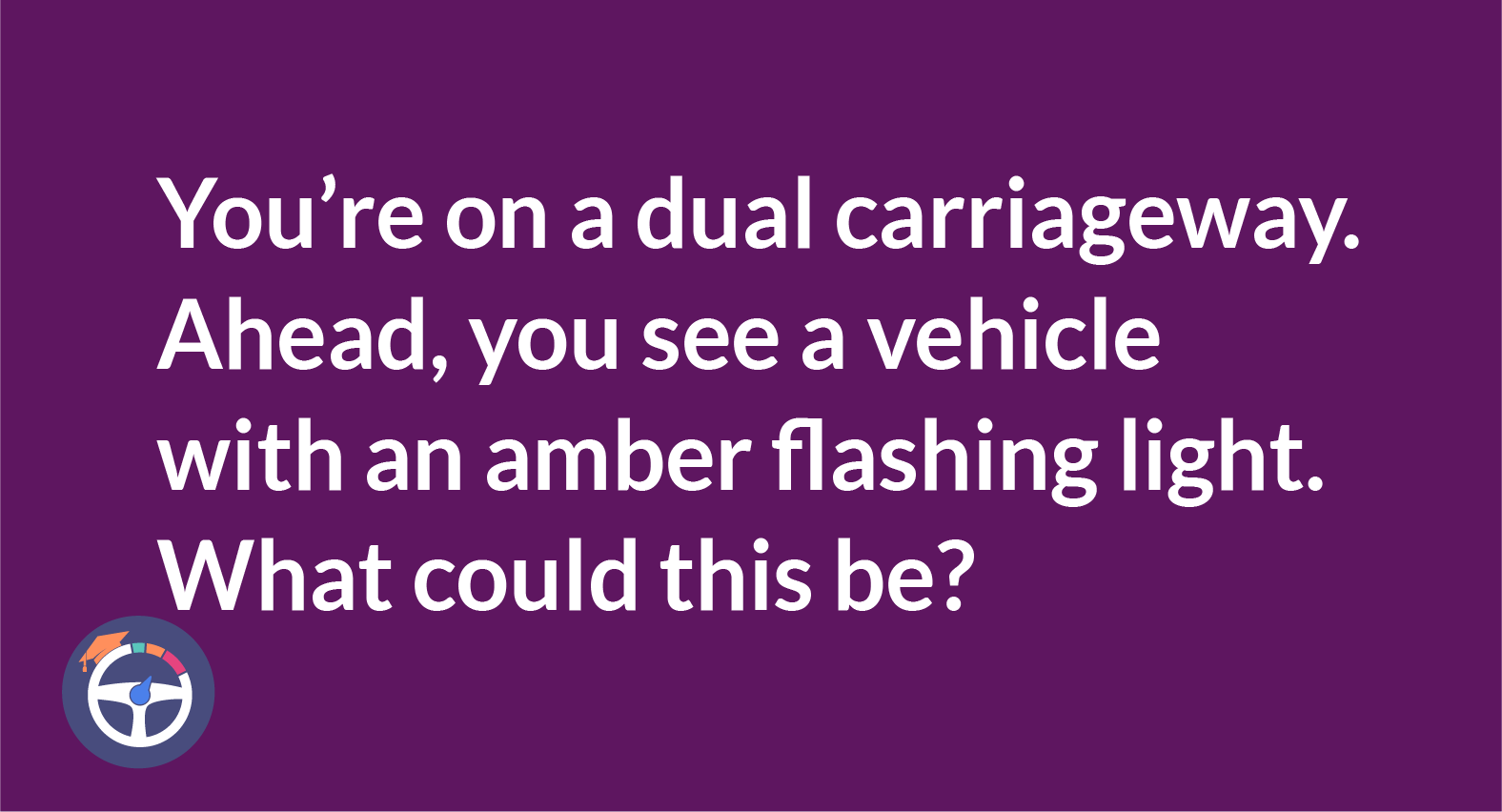Understanding the Importance and Meaning of Responding to Amber Lights While Driving
Amber lights are a signal at traffic lights indicating drivers should prepare to stop, as the red light is imminent. It gives drivers a warning, helping to reduce abrupt stops and prevent accidents, ensuring smoother and safer traffic flow.

Contents
- Understanding the Importance and Meaning of Responding to Amber Lights While Driving
- The Meaning of Amber Lights
- Navigating Amber Lights
- The Importance of Amber Lights
- Amber Light in Traffic Signals
- Amber Light in Warning Lights
- Common Misconceptions
- Final Thoughts
- FAQ
- Can I use my horn to express annoyance at slow drivers?
- Is it okay to honk multiple times in a row to get someone's attention?
- Should I honk if I see a friend on the road to say hello?
- Can I use my horn to alert someone I'm waiting for them outside their house?
- Is honking allowed in all states for celebratory purposes?
Amber traffic lights – they're the middle ground between "go" and "stop" at intersections. But their significance often gets overlooked. In this comprehensive guide, we'll understand the meaning of amber lights and their importance for drivers on the road.
The Meaning of Amber Lights
So, what exactly does an amber light means? Essentially, it's a warning signal indicating that the traffic signal is about to change. When you encounter an amber light, it's your cue to prepare to stop. Especially if you're too close to the intersection to safely proceed. In essence, it's a transition phase, signaling the need for caution.
Navigating Amber Lights
When you approach an intersection, assess your situation quickly. If the light switches from green to amber, take immediate action. If you have ample time to stop safely before the intersection, it's best to do so. However, if you're too close to stop safely, proceed cautiously. Stopping suddenly could cause a rear-end collision.
The Importance of Amber Lights
Amber lights are crucial for traffic flow and accident prevention. They signal an upcoming change in traffic signals, prompting drivers to adjust their speed and behavior. Following amber lights enhances road safety and reduces the chances of accidents.
Amber Light in Traffic Signals:
- Safety Precaution: The transition from green to amber in traffic signals serves as a safety precaution. It indicates to drivers that the signal is about to turn red. This warns drivers to prepare to stop and prevents sudden stops or collisions at intersections.
- Traffic Flow Management: Amber lights help in managing traffic flow by providing a buffer zone between green and red signals. This allows vehicles to safely clear the intersection before cross traffic begins to move.
- Reducing Accidents: By giving drivers a clear indication of an impending change in traffic signals, amber lights help reduce the risk of accidents. This is especially crucial at busy intersections where sudden stops can lead to rear-end collisions.
- Compliance with Traffic Laws: Sticking to amber lights is essential for drivers to comply with traffic laws and regulations. It ensures that drivers have adequate time to stop safely and avoid running red lights.
- Pedestrian Safety: Amber lights also benefit pedestrians. They signal that vehicles are about to stop. This allows pedestrians to safely cross the road. They don't encounter vehicles that are still moving through the intersection.
Amber Light in Warning Lights:
- Cautionary Signal: Amber warning lights serve as a cautionary signal. They indicate potential hazards or dangers ahead. Whether in vehicles, construction zones, or traffic signs, amber lights warn individuals to proceed with caution.
- Vehicle Maintenance: In vehicles, amber warning lights often indicate a need for maintenance or repair. This could include issues such as low fuel, engine problems, or malfunctioning systems like ABS or traction control.
- Construction Zones: In construction zones, amber lights warn drivers of upcoming hazards. These hazards may include lane closures, roadwork, or heavy machinery. This allows drivers to adjust their speed and driving behavior accordingly to navigate the area safely.
- Roadside Emergencies: Amber warning lights are commonly used in roadside emergencies. They alert drivers of stopped or slow-moving vehicles, helping prevent accidents. Additionally, they provide advanced warning to drivers approaching the area.
- Road Signs: Amber lights in road signs serve as warnings, indicating changing road conditions or potential dangers. They can signify curves, slippery roads, or changes in speed limits. By providing this information, they enable drivers to adjust their driving accordingly and avoid accidents.
Common Misconceptions
Despite their importance, amber lights are often misunderstood. Some drivers mistakenly believe that an amber light gives them license to accelerate to beat the red signal. However, this behavior is not only dangerous but also illegal. It's essential to remember that amber lights at pelican crossing are a signal to slow down and prepare to stop, not to speed up.
Final Thoughts
As drivers, it's our responsibility to adhere to traffic signals, including amber lights. By understanding the meaning and importance of amber lights, we can navigate intersections safely. We also contribute to smoother traffic flow. So, the next time you encounter an amber light, remember to proceed with caution. Prioritize safety above all else in this situation.
Mastering the art of responding to amber lights is not only essential for passing your UK theory test but also for becoming a responsible and conscientious driver on the road. Keep these insights in mind, and you'll be well-equipped to navigate intersections safely and confidently.
FAQs:
1. Can I accelerate through an amber light to avoid stopping?
No, accelerating through an amber light is not only dangerous but also illegal. Amber lights are a signal to slow down and prepare to stop, not to speed up. It's essential to prioritize safety and adhere to traffic signals at all times.
2. Are there any exceptions to stopping at an amber light?
Generally, drivers should prepare to stop when encountering an amber light. However, stopping suddenly might cause a rear-end collision. Or if the driver is too close to the intersection to stop safely. Proceeding through the intersection cautiously may be acceptable.
3. What should I do if I miss the opportunity to stop at an amber light?
If a driver misses the opportunity to stop at an amber light, they should proceed through the intersection cautiously. Ensuring that they do not endanger themselves or other road users is crucial. It's essential to prioritize safety and avoid reckless driving behavior.
4. Do all vehicles have amber warning lights?
No, not all vehicles have amber warning lights. However, many vehicles are equipped with warning indicators that illuminate in amber. These indicators alert drivers to potential hazards or maintenance issues. They vary depending on the vehicle's make and model.
5. Can pedestrians cross the road when an amber light is displayed?
While amber lights signal that vehicles are about to stop, pedestrians should exercise caution when crossing the road. It's essential for pedestrians to wait for a safe opportunity to cross. They should ensure that they do not endanger themselves or impede traffic flow.


